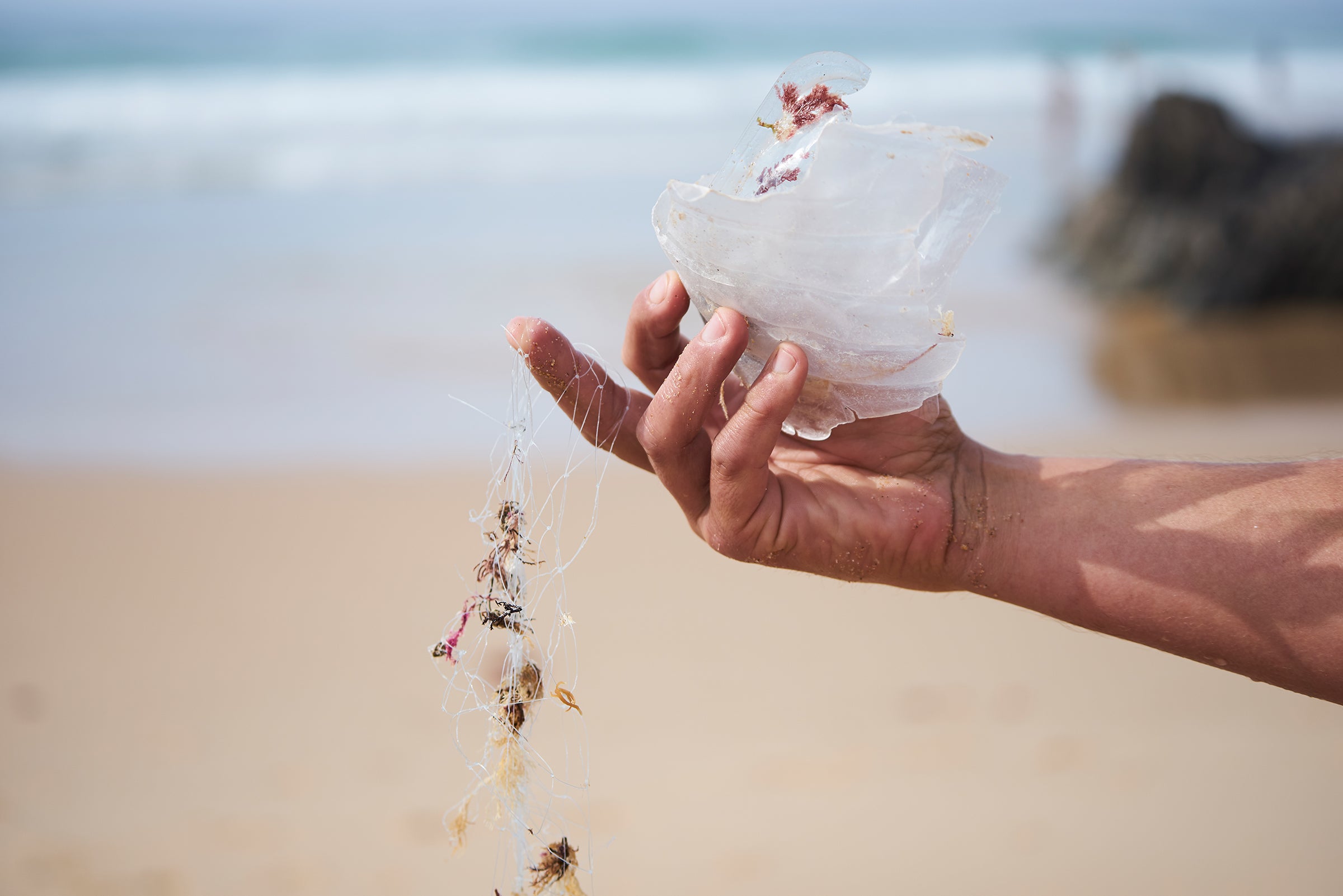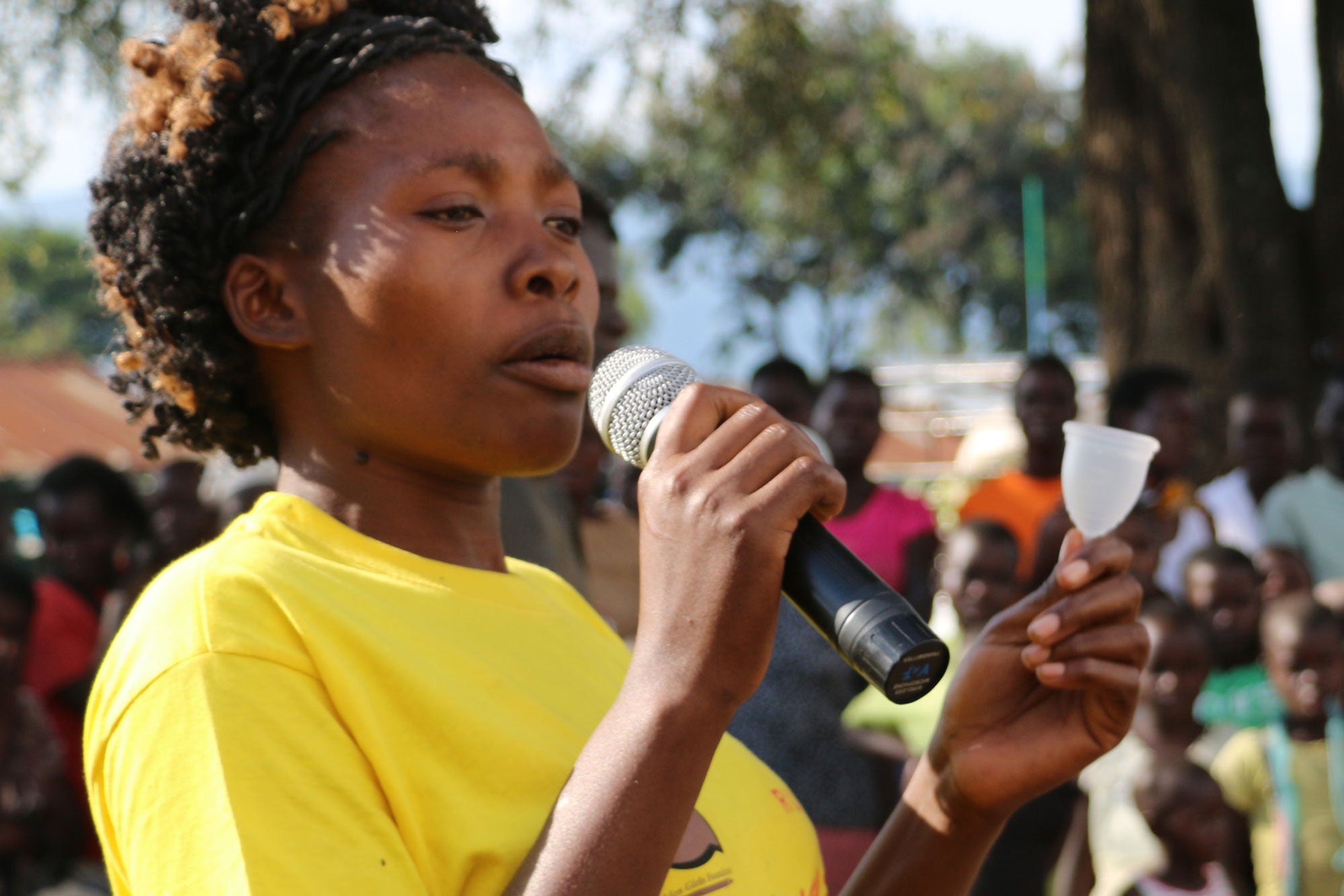
Microplastic - Small changes with a big impact
This is particularly noticeable in packaging, for example. But a trend towards synthetic fibres can also be seen in textiles.
However, poor waste management, careless littering, laundery, mobility and much more lead to an accumulation of plastic in the environment.

MICROPLASTICS
Plastic particles smaller than five millimeters are called microplastics. This can occur in different ways. Either larger plastic particles become smaller and smaller due to environmental influences such as precipitation, temperatures and solar radiation, or the input is already in the form of microplastic.
The evidently largest proportion of microplastics enters the environment through abrasion from car tires and brakes. Textiles made of synthetic fibers, such as polyester, are also among the primary emission sources. On average, several hundred thousand microfibers are released per wash cycle to wastewater treatment plants with the wastewater. Depending on their technical status, a large proportion of the microparticles can be filtered out and thus become part of the sewage sludge. The problem is that this in turn is often used to fertilize fields. As a result, both, our soils, and marine ecosystems, are increasingly polluted with microplastics.
The smallest pieces of plastic can now be detected all over the planet: From Arctic snow and Alpine soils to the deepest oceans.
Furthermore, the Federal Environment Agency points out that microplastic particles bind organic pollutants in the water that are difficult to biodegrade, such as pesticides. If these particles are ingested by marine organisms, they enter the food chain, and the pollutants continue to accumulate. Researchers cannot yet say conclusively what consequences this largely invisible threat will have on our ecosystem.
SMALL CHANGES - BIG IMPACT
The good news is that everyone can do their bit to minimize this problem. That's why we've put together a few everyday tips for you:
- Whenever possible, use a bicycle or public transport rather than a car.
- Textiles: When buying your clothes, look for natural fibers instead of synthetic fibers, as these can degrade in the environment. Since this is usually not possible with sportswear and swimwear, we recommend washing synthetic clothing as rarely as possible and by hand or filling the washing machine well to minimize abrasion. With the Guppyfriend laundry bag, microfibers are filtered directly from the wastewater.
- Avoid single-use plastic and unnecessary packaging by always taking your own boxes and to-go cups.
- Microplastics are still found in many creams, scrubs, shower gels, toothpastes, and the like. Use the CodeCheck App, for example, to check cosmetics for microplastics.
For more inspiration on how you can make your everyday life plastic-free, we recommend e.g. Plastic Free July or Plastikfrei-Blog.
And don't forget: It's not about doing everything perfect, but about making conscious consumption and everyday decisions and thus making a big contribution with small changes.





